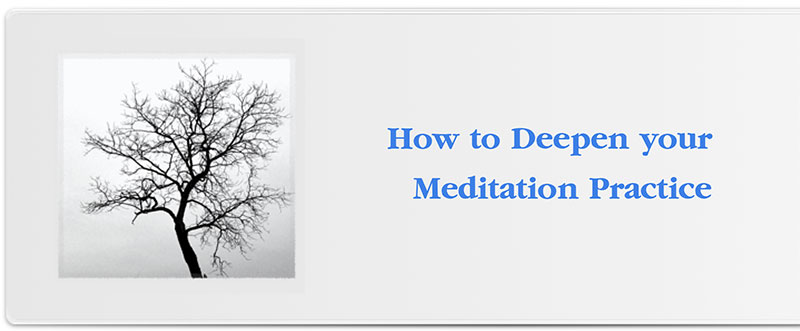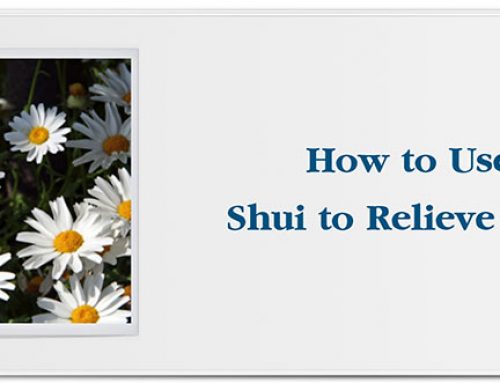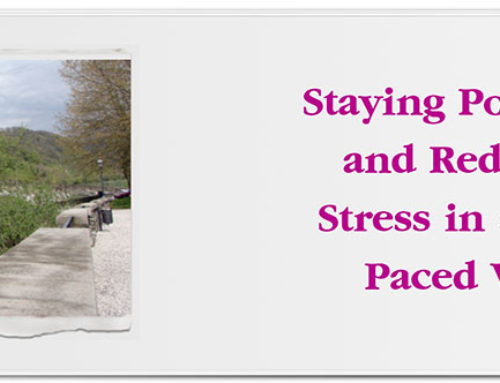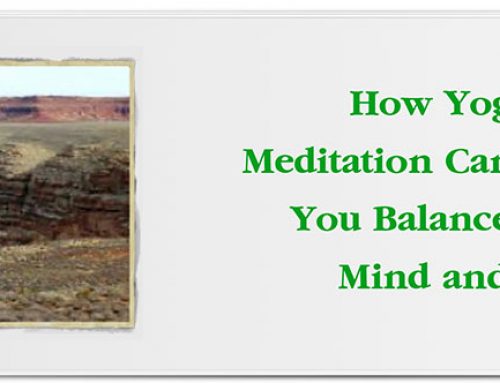
Once you begin your journey into meditation, you’ll soon discover the power that it has to reveal truth and peace in your life. In a fast paced world where everything keeps getting faster and more complicated, it’s important to deepen your practice with meditation.
With regular practice you’ll find that you’ll be able to go deeper into meditation without much effort. As you practice, you’ll be better able to deal with distractions and achieve a certain depth of meditation in a shorter period of time. If you practice for just 30 minutes per day, you’ll be able to go deeper each time.
Deepening Your Practice
You may be wondering what it means to deepen your practice. It’s definitely a topic that’s difficult to put into mere words. It’s similar to talking about how to deepen your love. If you’ve been in love you’ll know in your heart what it feels like to experience the depth of love. The same is true when you meditate, you’ll know what it feels like as your practice deepens.
Tactics For Deepening Your Practice
If you want to go beyond regular practice to deepen your meditation skills, you can try these other tactics.
Consider these suggestions as you deepen your practice:
- Focus. A big part of deepening your practice is working on an improved focus. Find something that works for you.
-
- First try experiencing eyes open meditation. Meditate with a small focal point and don’t let your gaze go astray during your session. You can also try eyes open meditation without the need for a strict focal point; this may help you to keep your focus within.
- Alternatively, you can explore the option of eyes closed meditation. Many people enjoy the aspect of shutting out the visual sense, while others think it’s too much of an escape from true life, so do what feels right.
- Your breath. Your breath is also a part of your focus. It’s how you break up your life into a series of moments. Take a moment to breathe in the good and a moment to exhale the bad. In order to deepen your practice, experiment with different breathing techniques.
-
- Work on the length of your breaths. Some people decide to work with their moods when they work on breath length. It’s a way to just go with how you feel, instead of deciding on a set pattern of breathing.
- Use a mantra. There are many mantras to choose from or you can even create your own depending on how you feel or what you like.
- Your posture. Your posture also has an impact on how deep your practice will go. Choose a position that’s comfortable for you.
-
- During sitting meditation, it’s always a good idea to maintain good posture. This means: Don’t slouch! The location of your legs usually doesn’t matter as much.
- If you maintain a good posture without hunching over, you tend to maintain your alertness and you’ll be less likely to fall asleep. Remember that your goal is to remain in the present moment and not merely to relax.
Keep Up Your Practice
The most important thing you need to do is keep up with your practice. You can then tweak any other aspect of meditation that you feel needs adjusting. However, you may find that you simply evolve without much effort as you continue your meditative journey.






Leave A Comment